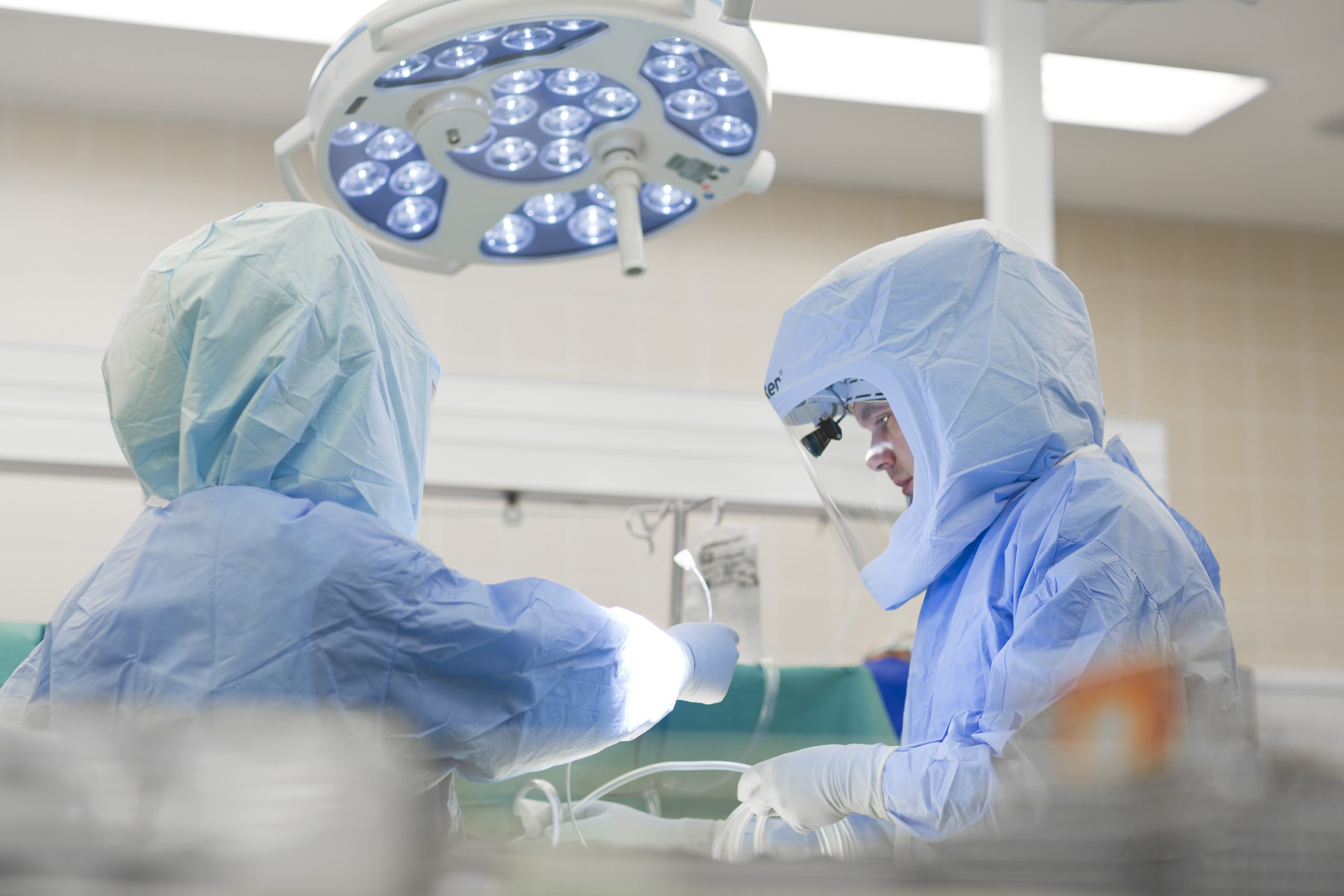When to have surgery?
The most common reason for joint replacement surgery is advanced osteoarthritis that is unresponsive to non-surgical treatment methods.
The right time for surgery
When the joint pain interferes with normal moving and everyday life or when there is joint pain at rest and the medication no longer helps, joint replacement should be considered. Joint replacement surgery can help improve your ability to function. For some patients, this means a better functional capacity in everyday chores, for others, the ability to continue to live a sporty, active lifestyle.
If the joint aches daily and there are no more good days with it, then joint replacement surgery may be necessary. If, on the other hand, the knee is sore for three weeks a year, the joint is not yet in bad enough condition to have surgery. Joint replacement of the hip needs to be considered if the joint causes constant trouble, there is pain every day and night or the stiffness of the hip makes life difficult.


How is the surgery decision made?
The joint replacement surgery decision is always made at the joint discretion of the orthopedist and patient during an assessment visit at Coxa. If the decision is made to perform surgery, Coxa will provide you with instructions on how to prepare for the surgery.
An orthopedist always plans an operation individually. The choice of the artificial joint model is influenced by functional ability, age and bone structure, and also the condition of soft tissue.
Joint replacement repeat surgery
Although the results of joint replacement surgery have continuously improved, some artificial joints need to be replaced. The most typical reasons for repeat surgery are separation or wear of the artificial joint components and infections. In the case of artificial hips, dislocation of the artificial joint may constitute a reason for repeat surgery.
Repeat surgery is considerably more demanding than the first operation, both technically and time wise. In view of the operating time, it can take up to two or three times as long. Often, post-operative rehabilitation is also slower than with the first operation and, due to the surgery, the patient may have to observe different post-operative movement and weight-bearing limitations.
